Choosing the steel for your Katana
Choosing the right steel for your katana is essential, as it directly influences the quality, performance, and price of your weapon. This unique and comprehensive guide, optimized for SEO, will help you understand the different types of steel available for katanas, along with their advantages and disadvantages.
Maru Steels for Katanas: Simplicity and Accessibility

a. T10 Steel:
The best choice among Maru steels, T10 offers high carbon content, superior strength, and flexibility compared to other Maru steels, making it ideal for cutting enthusiasts with a moderate budget.
b. 1045 Steel:
Durable and flexible, 1045 steel is an affordable option for beginners seeking a quality blade with traditional techniques.
c. 1095 Steel:
Higher-end than other steels in its category, 1095 steel provides a hard and sharp blade suitable for cutting but requires special care to avoid breakage with repeated errors.
d. Manganese Steel:
Ideal for decoration and enthusiasts, manganese steel offers good value, along with some resistance, sharpness, and flexibility due to a secret percentage of manganese.
Folded Steels for Katanas: Aesthetics and Performance

a. Damas Steel:
Composed of two types of steel, Damas steel offers a perfect balance between rigidity and flexibility, along with a unique visual aspect. Ideal for cutting and collecting.
b. Damas Hamon Steel:
Damas Hamon steel blades are even more performance-oriented for cutting and have a distinctive aesthetic appearance, thanks to the use of refractory clay.
Traditional Japanese Forges for Katanas: Excellence and Authenticity
a. Kobuse Forge:

The Kobuse method creates a composite blade with hard steel on the outside and soft steel on the inside, offering exceptional cutting performance and lifelong durability for experienced practitioners.
b. San-Mai Forge:

The San-Mai forge consists of three layers, with soft steel in the center and harder, sharper steel on the outside. This method ensures effortless cutting and increased resistance to impact. San-Mai katanas are often forged with T10 steel and Damas Hamon steel for a unique design and superior performance.
The choice of steel for your katana depends on your needs, experience level, and budget. This comprehensive guide has introduced you to the main types of steel available for katanas, along with their advantages and disadvantages, to help you make an informed decision.
